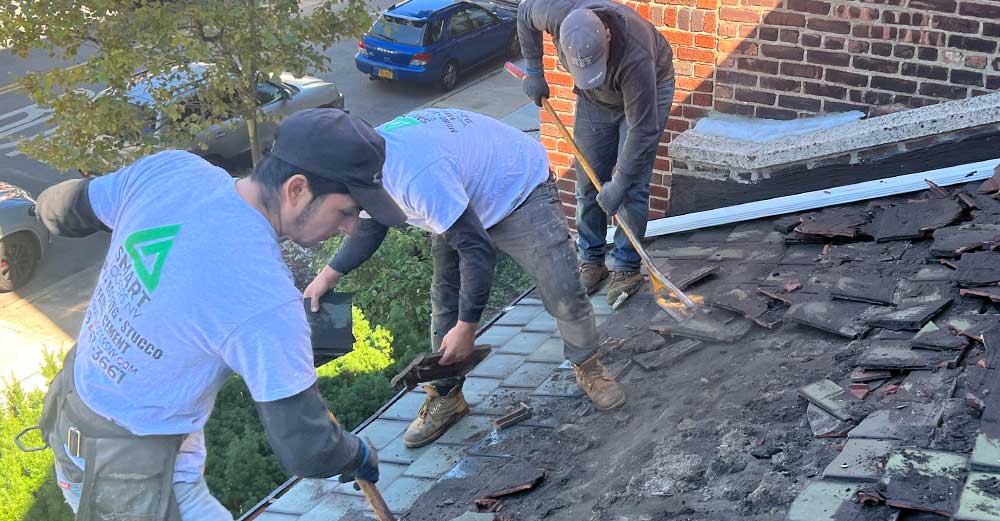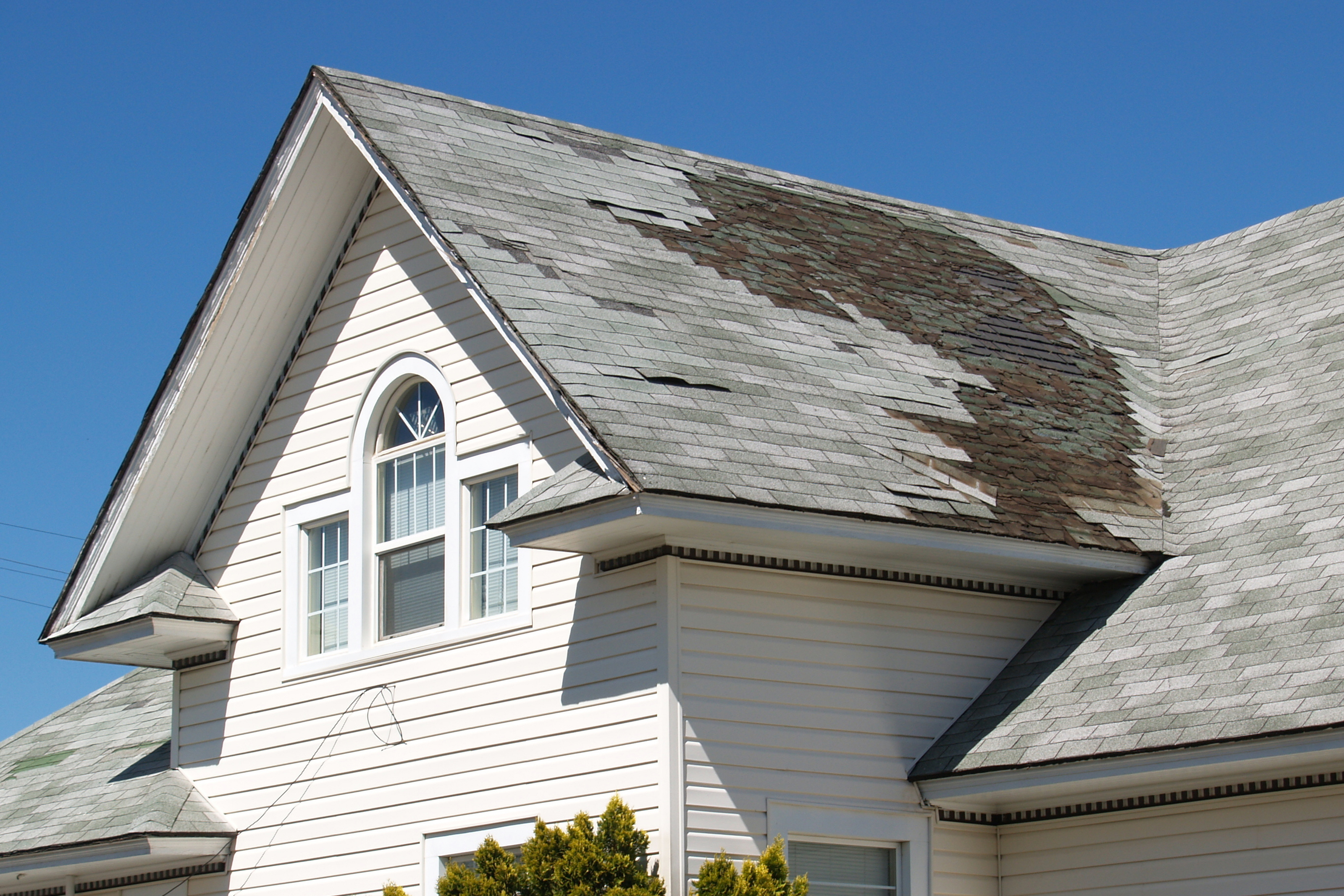Oahu Roofing: Dependable Roofing Solutions for Homes and Businesses
Oahu Roofing: Dependable Roofing Solutions for Homes and Businesses
Blog Article
Understanding the Various Types of Roofings: A Comprehensive Overview for Homeowners
In the realm of homeownership, selecting the appropriate roofing style is a decision that brings significant ramifications for both performance and visual charm. With an array of choices-- ranging from the conventional gable to the contemporary flat-- each type presents one-of-a-kind benefits and obstacles that need to align with the property owner's ecological considerations and particular needs. Recognizing these distinctions not only aids in making an educated selection yet also affects lasting maintenance and power effectiveness. As we check out the complexities of numerous roof types, it ends up being noticeable that one size does not fit all; the best choice may shock you.
Gable Roofings
Saddleback roofs, defined by their triangular shape, are among one of the most popular roof styles because of their simplicity and efficiency in losing water and snow. This style features two sloping sides that fulfill at a ridge, enabling reliable water drainage and lessening the risk of water build-up. The high pitch commonly connected with gable roofings enhances their ability to manage hefty precipitation, making them appropriate for various climates.
In enhancement to their practical benefits, saddleback roofs supply aesthetic adaptability. They can be adjusted to numerous architectural designs, from traditional to contemporary homes. The style can additionally suit extra attributes such as dormer windows, which enhance natural light and ventilation in the attic area.
Moreover, gable roofs provide enough space for insulation, adding to power efficiency. House owners can select from a variety of roofing materials, including asphalt roof shingles, metal, and floor tiles, even more improving modification alternatives.
Despite their benefits, gable roof coverings may call for added assistance in areas susceptible to high winds or heavy snowfall. On the whole, the saddleback roof remains a favored choice due to its blend of capability, durability, and aesthetic charm.
Apartment Roofs
Level roofings are often recognized for their minimal layout and functional applications, especially in industrial and industrial setups (oahu roofing). These roofings feature a horizontal or virtually straight surface area, which permits simple building and construction and functional area utilization. While they might do not have the visual charm of pitched roofing systems, level roofings provide numerous benefits, particularly in urban settings where making the most of room is critical
Among the main advantages of flat roofing systems is their access. Home owners can use the roof covering room for different objectives, such as rooftop yards, terraces, or photovoltaic panel setups. Additionally, level roofs are commonly a lot more affordable to keep and install contrasted to their sloped equivalents, as they need less materials and labor.
Nevertheless, flat roof coverings do existing particular challenges. Appropriate drain is important to protect against water pooling, which can cause leakages and structural damages. For this reason, choosing top notch waterproofing products and regular inspections are essential for ensuring durability. Typical products made use of for level roofings include built-up roof covering (BUR), changed asphalt, and single-ply membranes, each offering unique advantages. Overall, flat roofings work as a practical and versatile selection for several property owners and services alike.
Hip Roofing Systems
Hip roofings are defined by their sloped sides that converge at the top, forming a ridge. This layout stands out from gable roofs, as all four sides of a hip roofing slope downwards towards the wall surfaces, offering an extra stable structure. The angle of the inclines can differ, permitting versatility in building aesthetic appeals and capability.
One of the primary advantages of hip roof coverings is their capability to stand up to heavy winds and adverse climate problems. The sloped surfaces allow better water drain, minimizing the risk of leakages and water damages. Furthermore, hip roofs supply boosted attic room room, which can be made use of for storage and even exchanged habitable locations.
Nevertheless, constructing a hip roof covering can be a lot more complex and costly than simpler roofing types, such as saddleback roofs. The extra material and labor included in creating the slopes and making certain appropriate structural honesty can lead to greater expenses. In spite of these disadvantages, many homeowners favor hip roofs for their sturdiness, aesthetic appeal, and capacity for power effectiveness.
Mansard Roof Coverings
Mansard roofing systems, often acknowledged by their this hyperlink special four-sided style, function 2 inclines on each side, with the lower slope being steeper than the top. This architectural design, stemming from France in the 17th century, is not only cosmetically attractive however practical, as it optimizes the functional room in the top floorings of a building. The steep reduced slope enables more clearance, making it an excellent selection for lofts or attics, which can be converted into living rooms.
Mansard roofings are defined by their adaptability, suiting numerous architectural designs, from traditional to modern-day. They can be constructed with different products, including asphalt roof shingles, slate, or metal, offering property owners with a range of choices to match their budget plans and preferences. Furthermore, the style permits the integration of dormer windows, enhancing all-natural light and ventilation in the upper degrees.
However, it is vital to consider the potential downsides. Mansard roofing systems may call for even find this more upkeep because of the complexity of their style, and their steep slopes can be challenging for snow and rain overflow. On the whole, mansard roofing systems combine elegance with functionality, making them a preferred choice among home owners looking for distinctive building functions.
Dropped Roofing Systems
As house owners significantly seek simpleness and capability in their building designs, lost roofing systems have actually arised as a preferred option. Identified by a single sloping airplane, a shed roofing offers a minimal visual that matches various home designs, from modern to rustic.
One of the key benefits of a shed roof is its simple building and construction, which frequently translates to lower labor and material expenses. This style enables reliable water drainage, minimizing the risk of leaks and water damages. Additionally, the vertical incline provides ample room for skylights, improving natural light within the inside.
Lost roofs likewise offer flexibility in terms of usage. They can be successfully integrated right into enhancements, garages, or outside structures like structures and sheds. In addition, this roofing style can accommodate numerous roof materials, including steel, asphalt tiles, or perhaps environment-friendly roof coverings, lining up with green efforts.
Nevertheless, it is essential to take into consideration local climate problems, as heavy snow loads might demand adjustments to the roofing's angle or framework. In general, shed roofings provide a functional and cosmetically pleasing alternative for home owners aiming to take full advantage of functionality without compromising design.
Verdict


Gable roofings, characterized by their triangular form, are among the most popular roof covering styles due to their simpleness and efficiency in losing water and snow. oahu roofing. The high pitch commonly associated with gable roofs boosts their capability to take care of hefty precipitation, making them appropriate for various climates
While they might do not have the aesthetic appeal of pitched roofings, flat roofing read what he said systems supply numerous advantages, specifically in urban settings where maximizing space is important.

Report this page